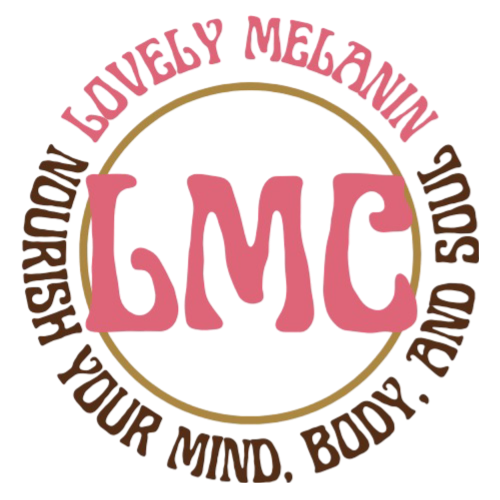Photo by Kindel Media: https://www.pexels.com/photo/people-in-the-office-discussing-a-project-7688336/
Creating a healthy environment for your children to eat healthily and get excited about eating healthy can be a pretty hard market to break into for business. In America, marketing food can become easier when you have great views and promotions. There are three topics that I would like to cover using ethos for credibility and how to trust the product is or can be. Also, logos explain the logic of how the commercial works while getting the product off the shelves. And pathos is the emotional connection that draws the customers in to purchase the item. Discussion of the influence of food marketing commercials on children, which is intense for parents to buy the product for their children because they would do anything to make them happy. Using information from Shaping Healthy Eating Habits in Children With Persuasive Strategies and Food marketing to children and youth threat or opportunity
The background for Hefty’s ZooPals plates from the mid-2000s features a talking and singing fork and spoon song and mocking the sounds of children's favorite animals or insects. That becomes eye-appealing when they are seeing multiple colors with their favorite animals and insects singing an easy song and wanting to join in on the singing. With children with plates with food. And not just any food but health foods, excited to eat it. And finish their plate to see if they are going to see their favorite animal or insect. The summary of the commercial is getting your girl to eat and make a happy plate with no frustration. And just making an option of eating healthier, which is displayed in the commercial for a healthy eating environment of excitement.
The first effective appeal used in the Zoopals commercial is ethos, which is used to gain your trust in the fact that this is a great product that you need to get your kids excited about eating. The first effective appeal used in the Zoopals commercial is ethos, which is used to gain your trust in the fact that this is a great product that you need to get your kids excited about eating. With the credibility displayed in the commercial, the children were excited about the colorful plants with animal faces on them. And if you had a picky child that didn't like my food touching. Then this was a good choice for them with it having two small side areas for the dipping sauces or the little portion of food you could put there. They were so excited about eating that they cleared their plates to see what animal they had gotten. Because sometimes it's hard to get children to finish eating what's on their planet. And there is a saying, "Make a happy plate," which the design of the Zoopals follows: a happy animal on the plate.
The second appeal used effectively in the Zoopals commercial is pathos, which is showing the example that the direct design on the product—the plates filled with bright colors and different animal designs—will help appeal to your child and get them excited about making a happy plate, just to see what design is underneath the food, which may have been any kind of animal or insects like ladybugs, gators, duck bees, owls, elephants, bears, pigs, and pigs. Animals are the most common physical things that children learn first, along with their ABCs to help them remember. The number of children who are drawn to animals grows as they grow older. What is their favorite animal? This is an often-asked question we seem to come back to as they get older. The commercial was so appealing that it may have led children to believe and the that those plates were better than the original and regular plates that they are used to their parents serving them.

Photo by Kindel Media: https://www.pexels.com/photo/people-having-a-meeting-in-an-office-7688335/
The third appeal used effectively in the Zoopals commercial is logos, whose goal is to be so appealing to the children that they beg their parents to go to the store to buy them what they saw on television. Seeing excited children and their favorite animal that they may be obsessed with makes them happy and gets them excited to see it as they are watching television. And every time they go shopping, they remind or beg their parents to buy the plates they see on television. The appeal that the Zoopla plates had was that there were different animal and insect plates that you could choose from. So, if your children's favorite was a ladybug, alligator, duck bee, owl, elephant, bear, or pig, they would love the plates. They were bright colors, and if you had a picky child like me who didn't like their food touching, they were ideal. Then this was a good choice for them with it having two small side areas for the dipping sauces or the little portion of food you could put there.
I chose the 2000 commercial for the Hefty ZooPals Plates because I felt like it was a great strategic way of selling a product. Knowing that adults are usually very creative and appealing with the design of the brightly colored animals and insects, which children happen to love growing up, was that much-needed boost to move it off the shelves instead of regular plain plates. Parents tend to buy their children what they want or like. Making a product appealing to children was thus the initial push to purchase the product. It was also an excellent way to sell something. It was something about their advertisement that made me always ask my parents if they could buy it for me, which happened to be very appealing to the eye and a very exciting commercial.


